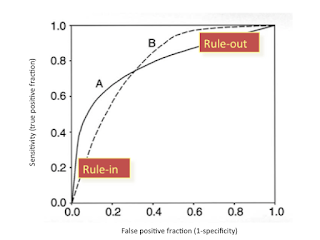ApDeepSense: Deep Learning Uncertainty Estimation Without the Pain for IoT Applications
Author:
Shuochao Yao, Yiran Zhao, Huajie Shao, Chao Zhang, Aston Zhang, Dongxin Liu, Shengzhong Liu, Lu Su, Tarek F. AbdelzaherIntro:
As a result of the recent advancement of deep learning applications, growing attention from the IoT community has been attracted to this technique. Different from other applications, the one with IoT areas require the learning method provide outputs as well as the uncertainty estimates of the outputs. The current state-of-art solution involves intensive sampling procedure, or even re-train the network, which is too expensive for many small applications. This paper presents ApDeepSense; a method saves around 90% of energy and time consumptions while producing more accurate uncertainty estimates.
Methodology:
The current state-of-art used dropout training to estimate the uncertainty and proved that the equivalence between dropout training and the approximate inference in a deep Gaussian process. This paper, however, showed that the internal-layer representation of deep neural networks could be represented by an internal-layer representation of multivariate Gaussian distributions. And by applying the matrix multiplication and activation functions to the probabilistic distribution input, we can get not only the expected value of output but also the probability distribution of that output.
Authors also tried to define special operations to deal the probabilistic distribution input, which includes using element-wise multiplication to represent the matrix form of expected value and variance of output and use piece-wise linear functions as the closed-form solution for non-linear activation function.
Critique:
1. This paper's result is amazing, it provides good result while using less time and energy. You get the output for the expected value and the uncertainty of the output from the variance. The basic idea here is you can use the mean and variance from the previous layer to get the mean and variance for the next layer. I think the only problem with this approach is that it assumes the input always has a normal distribution, it will be problematic when the input has some other underlying distribution.
2. One limitation of this paper is that it only considered fully-connected layers, limited the type of network this paper could apply. But I don't think this would be really big problem.
That's all I have for this paper. I cannot find any other flaws I can attack. Even the proof is good, it's right amount of math that you don't spend hours to go through yet is long enough that you feel you are smart.
--Yifan Hu

I'm impressed that you worked through some of the mathematics! The problem of uncertainty estimation appears to be critical in human-in-the-loop applications such as many IoT scenarios. Assumption of Gaussian/Normal seem fine given the physical nature of the data in the IoT scenarios.
ReplyDelete